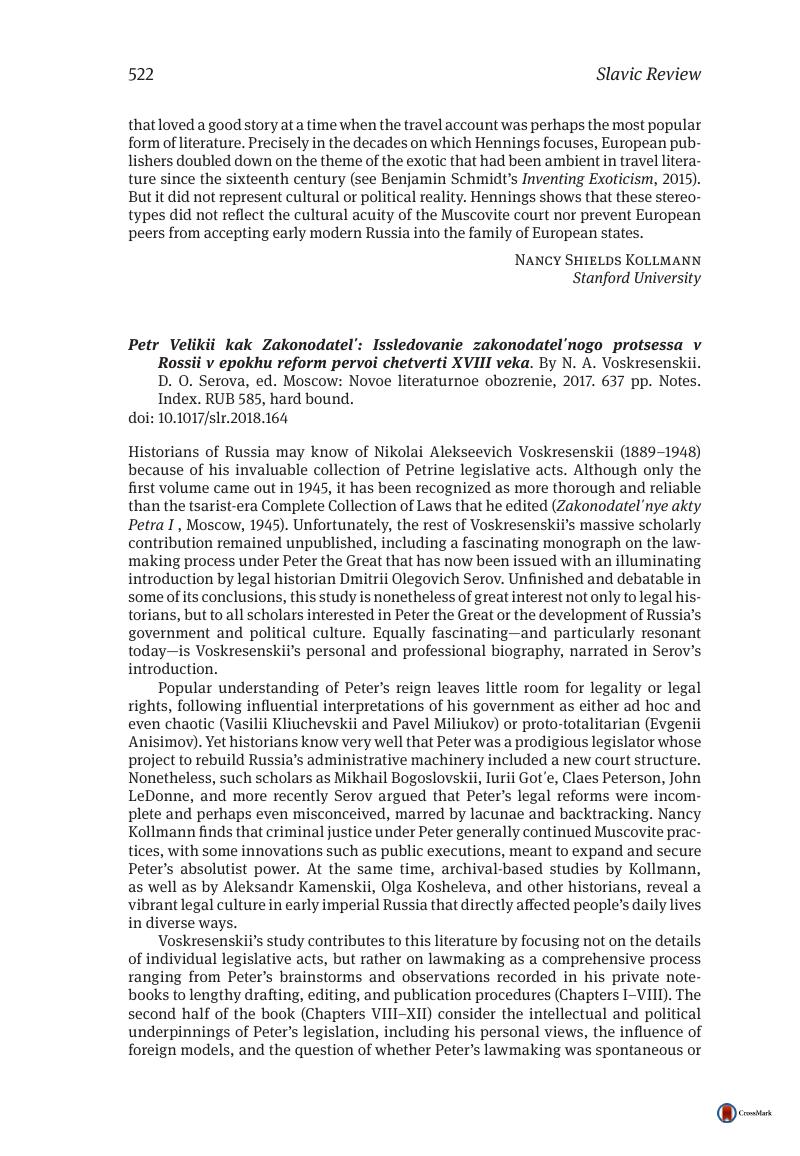Crossref Citations
This article has been cited by the following publications. This list is generated based on data provided by Crossref.
Тесля, А.А.
2021.
АВТОНОМИЯ, ИСТОРИОГРАФИЧЕСКИЕ АЛЬТЕРНАТИВЫ
И ИДЕОЛОГИЧЕСКАЯ БОРЬБА
В ИСТОРИЧЕСКОЙ НАУКЕ «ЗРЕЛОГО СТАЛИНИЗМА».
Гуманитарные исследования в Восточной Сибири и на Дальнем Востоке,
Vol. 57,
Issue. 3,
p.
37.



